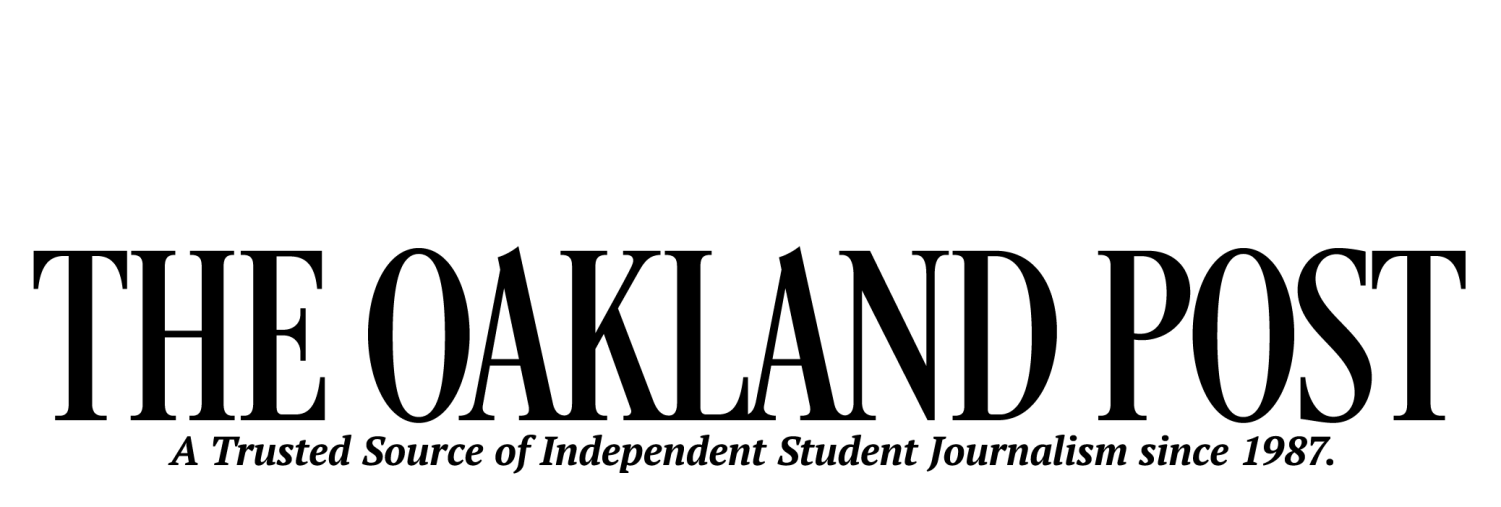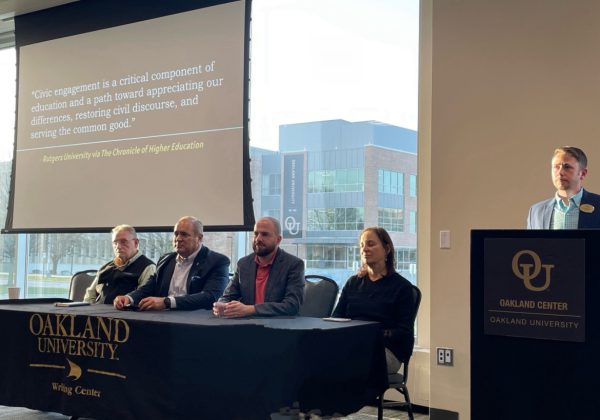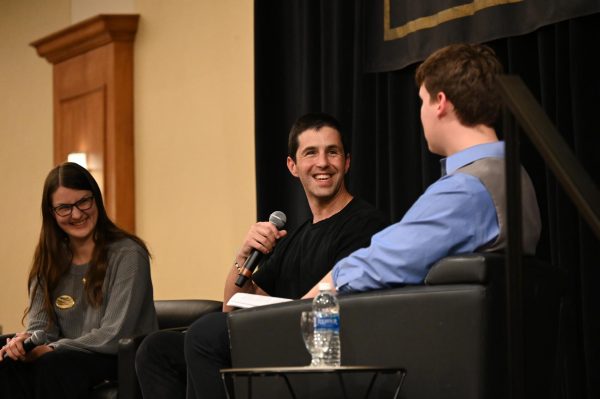OUWB student identifies barriers in prescribing opioids in Michigan
The opioid crisis in Michigan has been steadily increasing for years as the number of overdose deaths have increased over 17 times in the past two decades, according to the Michigan Health and Hospital Association.
Chris Cooper, a fourth-year Oakland University William Beaumont School of Medicine (OUWB) student, and Patrick Karabon, an OUWB biostatician, have helped to identify problems in the handling of prescription drugs in Michigan. This was done through examining and testing the flaws in the Michigan Automated Prescription System (MAPS).
MAPS is used to keep track of prescription drugs for a patient between each provider, according to Michigan’s Department of Licensing and Regulatory Affairs.
Their project, “A Survey of Barriers Between Prescribers and the Michigan Automated Prescription System,” was led by Cooper. Its purpose was to serve as Cooper’s “Embark” research and scholarship project for earning his degree at OUWB.
However, Cooper said his interest in helping solve the opioid crisis came about before he was introduced to planning the project. He worked at a hospital’s emergency department where he noticed confusion about prescribing opioids to patients.
“A lot of times it was difficult to know for sure if it was safe to prescribe them the medication, and it was also difficult to know if this patient was ‘doctor shopping’ — essentially going around looking for prescriptions for narcotics,” Cooper said. “Prescribing inappropriately would lead to more opioids on the streets.”
During this time, Cooper said he saw prescribers struggling to use MAPS because of its conflict with online medical charts and the difficulty it took to switch between computer programs. Therefore, Cooper and his team set out to find a way to integrate MAPS into the programs that providers were already using.
“We had created a survey with the Oakland County Health Department that asked a little bit about who they were as a prescriber, what the barriers were, and to rank how important [the barrier] was,” Karabon said. “Then we had the Oakland County Health Department distribute it to all clinicians with a DEA license in Michigan.”
The most common program used by medical employees is the electronic medical records system (EMR). Through their research, the team found the largest barrier that prevented providers from using MAPS was its lack of compatibility with EMR.
In a joined statement made to OUWB by Lisa McKay-Chiasson, administrator of Oakland County Health Division, and Trisha Zizumbo, director of training of Oakland Community Health Network, the identification of this barrier is important to the process of solving the Michigan opioid problem.
“(The project) assisted in determining the challenges and barriers associated with utilizing MAPS and directly aligns with the Oakland County Prescription Drug Abuse Partnership’s priorities to ensure and advocate for safe and competent opioid prescribing practices,” they said.
Moving forward, Cooper said he plans on continuing this work in his future career as he applies to medical residency programs.











